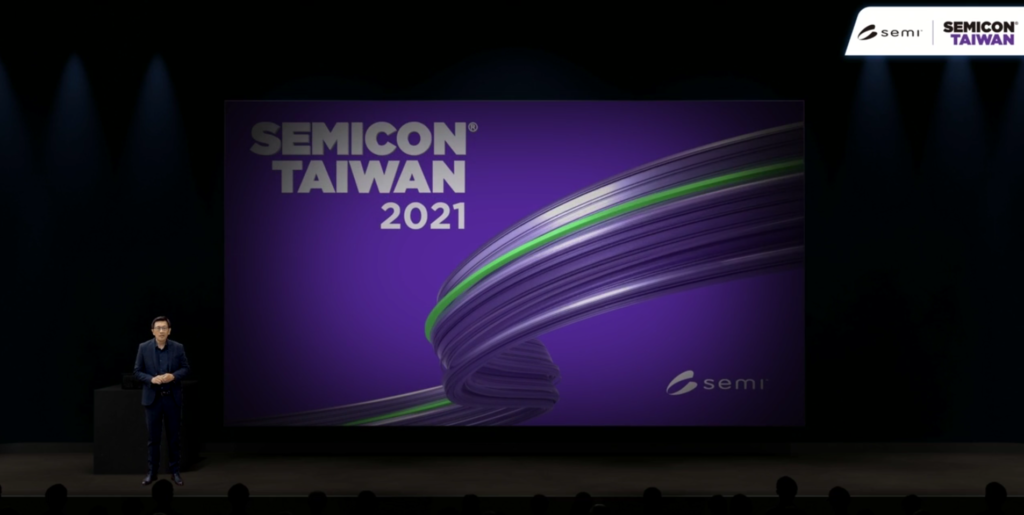ASIA ELECTRONICS INDUSTRYYOUR WINDOW TO SMART MANUFACTURING
Foxconn's Digital Gears Lead to Smart Manufacturing
Hon Hai Technology Group (Foxconn) gears up as it embraces digital transformation to achieve smart manufacturing.
At the Smart Manufacturing Forum, Michael Kung, Chief Information Officer of Hon Hai Technology Group gave a glimpse of the company’s digital transformation journey into becoming One Digital Foxconn. Kung put emphasis on digital transformation, not only as a disruptive technology, but a necessary change for industry players.
“Digital transformation is the only means to be relevant and competitive in the next five years, and Foxconn has to transform to remain competitive,” says Kung.
Digital Journey
Through the years, Hon Hai has evolved from the traditional labor-intensive original equipment manufacturer (OEM)/original design manufacturer (ODM) to an innovation- and technology-centered muti-business group. Even prior to the COVID-19 pandemic, Hon Hai had already carved its way to digital phase. It leverages expertise in cloud computing, mobile devices, internet of things (IoT), Big Data, artificial intelligence (AI), smart networks, and robotics/automation. Now, Foxconn expands its capabilities into the development of electric vehicles, digital health and robotics, as well as in AI, semiconductors, and next-generation communications technology.
Key Development Phases
To shift from being labor intensive to knowledge intensive, Foxconn has embarked on three important stages – Foxconn 1.0, Foxconn 2.0 and Foxconn 3.0.
Foxconn 1.0 deals with optimization of enterprises. It involves leveraging expertise and resources and optimizing them. Foxconn 2.0 relates to digital transformation by focusing on technologies and digital areas, including digital experience; intelligent decision making, and operation efficiency with integrated smart manufacturing. Among the activities related to Foxconn 2.0 include the adoption of B2B ordering, work from home set up and investing in aging Enterprise Resource Planning (ERP) systems. It also includes creating a Foxconn data platform to reconnect and build walls for the company to operate as one, and adoption of AI and machine learning to attain operational efficiency.
Foxconn 3.0 transitions the company into becoming technology intensive. Part of the group’s efforts toward reaching this stage is the establishment of Hon Hai Research Institute. The research institute has five research centers involved in artificial intelligence, semiconductor, next-generation communications, information security and quantum research. It is focused on discovering new technologies, strengthening present expertise of the company and enhancement of its competitiveness towards the Foxconn 3+3 strategy, or the digital upgrade to Foxconn 3.0.
In Foxconn 3+3 strategy, the company is poised to play in key markets with an enormous size of US$ 1.4 trillion. Equipped with digital technologies, Foxconn is prepared to tap into electric vehicles, digital health and robotics, AI, semiconductors, and next-generation communications technology.

Smart Manufacturing Approach
More than automation of processes, Kung said that smart manufacturing involves the seamless transition between digital and physical work, encompassing platform technology, operation technology, analysis technology, and data technology.
The company looks at seven steps to approach smart manufacturing: standardization, modularization, smart automation, digitization, AI, and mobility.
In its smart manufacturing play, Kung announced Foxconn has joined the prestigious list of companies recognized by the World Economic Forum (WEF) for the Global Lighthouse Network (GLN). The GLN is a project under the Shaping the Future of Advanced Manufacturing and Production platform by the WEF. It was created as companies apply Fourth Industrial Revolution technologies to achieve profitable growth without increasing the environmental footprint.
The GLN is composed of production sites by global leading manufacturers that adopt and integrate Fourth Industrial Revolution technologies. These include artificial intelligence, 3D printing and big data analytics to optimize efficiency and competitiveness, transform business models and drive economic growth, while at the same time, building up its workforce and protecting the environment.
With the adoption of digital transformation strategies, 11 of its factories had been selected in 2020 under the GLN project. These factories are required to report how they leverage digital transformation to achieve operation efficiency, according to Kung. The company tapped artificial intelligence and IoT technologies for a seamless production, while equipping its workforce with advanced intelligent capabilities to achieve operational efficiency.
Earlier this year, Foxconn’s Chengdu was given the same recognition for increasing labor efficiency by 200 percent; improving overall equipment effectiveness by 17 percent by predicting historical and sensor data; optical inspection powered by artificial intelligence, thus decreasing manual inspection by 92 percent; adoption of IoT-enabled manufacturing quality management to decrease quality alert time by 99 percent; and production planning optimized by advanced analytics, decreasing inventory by 25 percent.
In 2021, Foxconn targets to include 20 plus factories in GLN, Kung said.
The Smart Manufacturing Forum is a virtual event prelude to SEMICON Taiwan 2021.




